Fentanyl is a powerful synthetic opioid drug which is approximately 100 times more powerful than morphine (source: Janssen Pharmaceuticals Canada).
It is commonly used legitimately as an anesthetic in hospitals or for long-term pain management in the form of prescription Fentanyl patches.
It is also used in veterinary applications for sedation and general anesthesia.
Fentanyl and its analogues are listed as a schedule I drug under the Controlled Drugs and Substances Act in Canada.
© Copyright 2016 The Globe & Mail Inc. and its applicable licensors. All rights reserved.
Fentanyl has become very popular in the sales of illicit street drugs as either a cutting agent or direct substitution for heroin or in the manufacturing of counterfeit Oxycodone pills.
Other illicit drugs such as cocaine and methamphetamine have been found to contain Fentanyl or a Fentanyl analogue. This may be an intentional mix on the part of the drug trafficker or may be as a result of an accidental cross contamination as the drug trafficker may be selling Fentanyl and other illicit drugs.
Oxycodone is a powerful semisynthetic opioid drug that has been used to treat moderate to severe acute or chronic pain under the name of OxyContin. One of the most common forms of Oxycodone in Canada has been the green “CDN 80” tablet which has the letters “CDN” stamped on one side and the “80” on the other side indicating the milligram size of the tablet. These tablets have been diverted or stolen and sold on the street for recreational drug users. Due to the issue of these pills being misused and abused by recreational drug users, the company producing them, Purdue Pharma, discontinued the production of this form Oxycontin in 2012.
Since the removal of the legitimate Oxycontin “CDN 80” tablet, illicit drug traffickers have begun to manufacture counterfeit “CDN 80” tablets using Fentanyl as the active ingredient inside these tablets. A number of Fentanyl analogues as well as other potent synthetic opioids have been found during analysis of these counterfeit tablets.
Originally these counterfeit tablets were found to be a solid color throughout similar to an MDMA tablet, that were easily identifiable to recreational drug users when the pill is split into two as the pharmaceutical version of the “CDN 80” tablet had a green coating but white inside. Over the past few years, illicit drug producers have increased the quality and counterfeit appearance of these counterfeit “CDN 80” tablets to exactly mimic the correct green color exterior and white interior to match that of the now discontinued “CDN 80” tablet.
Other Forms of Fentanyl
You might find illicit Fentanyl in other forms such as blotter paper or liquid.

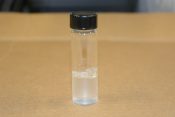
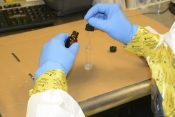



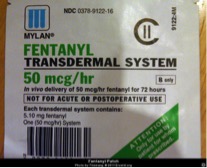
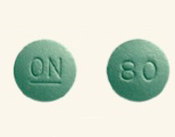
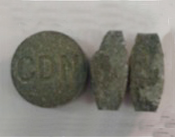


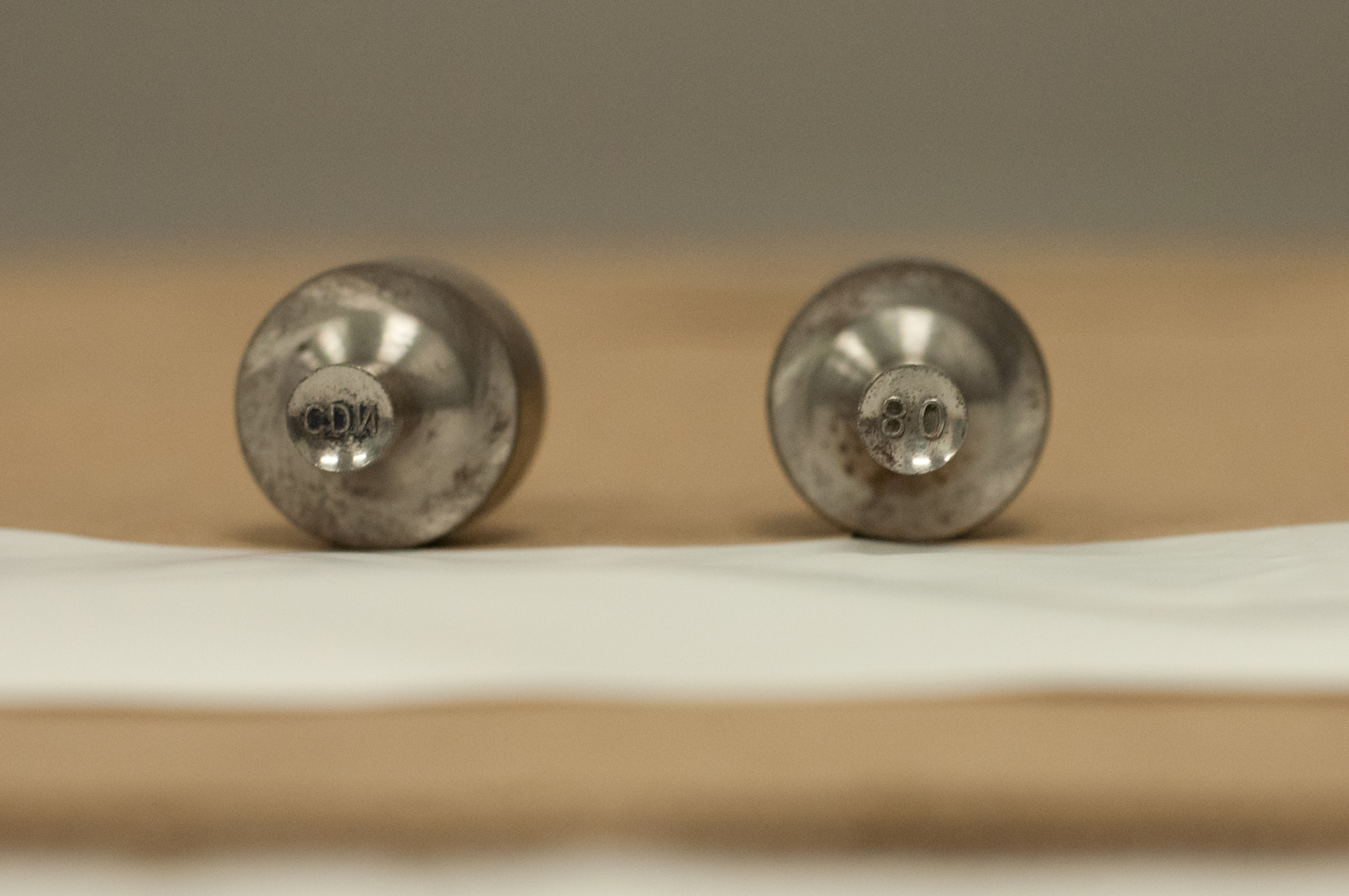


 Acetyl Fentanyl is an analogue of Fentanyl but has no known approved medical or industrial applications (source World Health Organization – Acetylfentanyl Critical Review Report). As a designer analogue of Fentanyl and one that is not used in the medical community, limited amounts of information is available from testing that has been done on animals. As with any Fentanyl analogues, its pharmacological affects are similar to that of Fentanyl and other synthetic opioid drugs, with the major difference with Fentanyl analogues being the variance in their potency. Within the realm of analogue potency, Acetyl Fentanyl is noted to be less potent than Fentanyl. Fentanyl is approximately 80-100 times the potency of morphine with Acetyl Fentanyl being approximately 15 times the potency of morphine (United States Drug Enforcement Administration – Acetyl fentanyl).
Acetyl Fentanyl is an analogue of Fentanyl but has no known approved medical or industrial applications (source World Health Organization – Acetylfentanyl Critical Review Report). As a designer analogue of Fentanyl and one that is not used in the medical community, limited amounts of information is available from testing that has been done on animals. As with any Fentanyl analogues, its pharmacological affects are similar to that of Fentanyl and other synthetic opioid drugs, with the major difference with Fentanyl analogues being the variance in their potency. Within the realm of analogue potency, Acetyl Fentanyl is noted to be less potent than Fentanyl. Fentanyl is approximately 80-100 times the potency of morphine with Acetyl Fentanyl being approximately 15 times the potency of morphine (United States Drug Enforcement Administration – Acetyl fentanyl). Butyryl Fentanyl (also commonly referred to as Butyrfentanyl) is one of a number of analogues of Fentanyl that have been encountered by law enforcement in the illicit drug trade either with Fentanyl, or as a substitute for it, commonly used by drug traffickers in the manufacturing of counterfeit opioids such as heroin or Oxycodone tablets. Analogues of Fentanyl such as Carfentanil may be found from the creation of these analogues from pharmaceutical companies such as those created by Janssen Pharmaceuticals, which typically have a large amount of data associated to their creation and subsequent testing, or “designer analogues” that have been created outside of the legitimate pharmaceutical industry that typically lack any legitimate testing or studies. By this distinction, Butyryl Fentanyl is classified as a designer analogue of Fentanyl.
Butyryl Fentanyl (also commonly referred to as Butyrfentanyl) is one of a number of analogues of Fentanyl that have been encountered by law enforcement in the illicit drug trade either with Fentanyl, or as a substitute for it, commonly used by drug traffickers in the manufacturing of counterfeit opioids such as heroin or Oxycodone tablets. Analogues of Fentanyl such as Carfentanil may be found from the creation of these analogues from pharmaceutical companies such as those created by Janssen Pharmaceuticals, which typically have a large amount of data associated to their creation and subsequent testing, or “designer analogues” that have been created outside of the legitimate pharmaceutical industry that typically lack any legitimate testing or studies. By this distinction, Butyryl Fentanyl is classified as a designer analogue of Fentanyl.